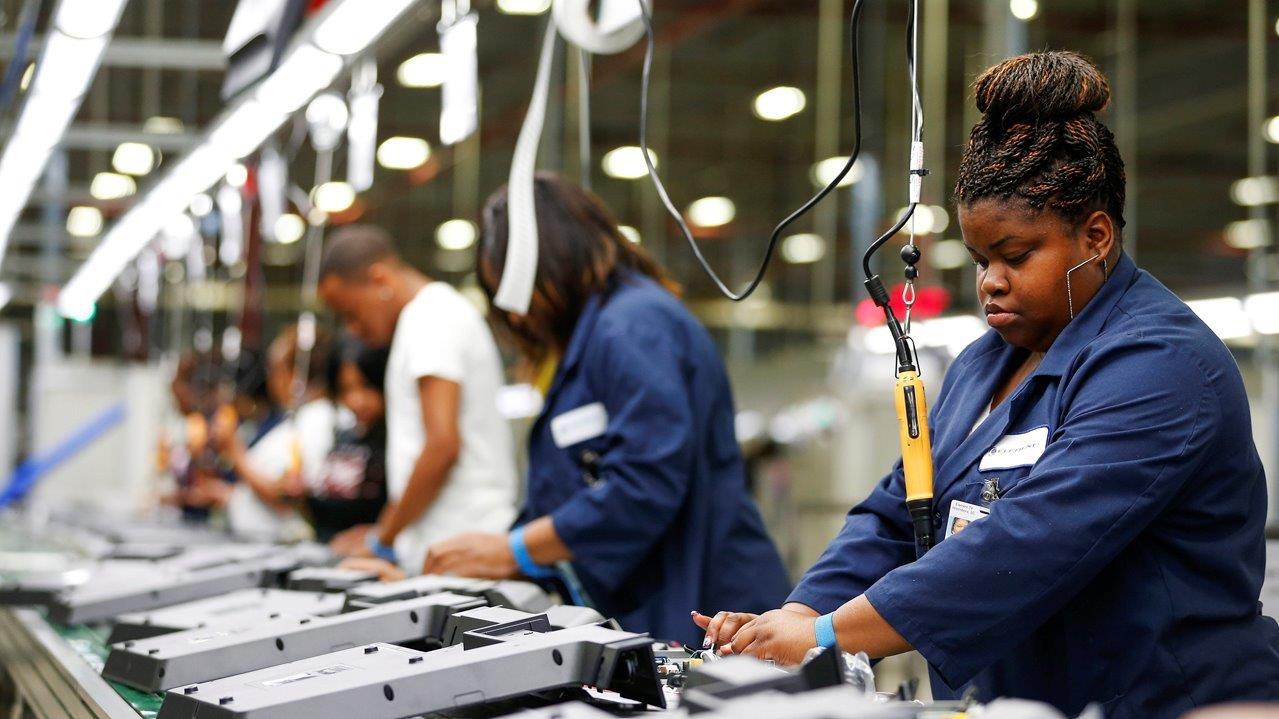Tepid August Jobs Report, Lack of Wage Growth Muddies Rate-Hike Picture
Rather than adding more clarity on the U.S. economic picture and giving the Federal Reserve another data point to add to September’s rate-hike column, the August jobs report only clouded the picture.
The U.S. economy added 151,000 net new jobs in August, below consensus expectations for 180,000. Meanwhile, the labor force participation rate remained stable at 62.8%, as did the jobless rate at 4.9%, though it was expected to tick slightly lower to 4.8% for the month. The closely-watched U6 rate, or “underemployment†rate, which measures unemployed workers and those working part time for economic reasons, remained stuck at 9.7%.
The already-strong July job gains were revised up to 275,000 from 255,000, though June’s figures were revised down to 271,000 from 292,000. With the revisions, the three-month moving average gain stands at 232,000, exceeding what the Federal Reserve views as a sufficient range to keep the unemployment rate stable.
More than the headline figures, though, what concerned economists on Wall Street was the lack of wage pressure last month, which has been a persistent problem. Average hourly earnings for August rose by 0.1%, slightly below the 0.2%, expectation, but year-on-year earnings were pushed down from growth of 2.7% to 2.4%. Moreover, the average workweek declined to 34.3 hours from 34.4 in July, also missing analysts’ expectations for a tick up to 34.5.
“The most important part [of the report] is the weakness in hours and wages. That slammed the door on September [rate-hike chances],†Dan North, Euler Hermes North America’s chief economist, said.
Indeed, Wall Street expectations for a September rate rise as measured by federal funds futures dropped to 21% from 27% following the jobs report. Odds for a rate rise by the end of the year remained little changed at 55.2%.
Not everyone on Wall Street, though, saw the numbers as a warning sign of an economic breakdown ahead. Others, including Evercore ISI’s Krishna Guha, suggested this month’s figures, which are traditionally weak and tend to be revised higher, will follow the same path of Augusts past, which has seen an average revision of 62,000 over the last five years.
“With 3Q GDP growth likely to print in the upper 2[%]s, we remain confident enough in the trajectory of the economy to continue to see a high likelihood of a hike in December (around 70%). But markets will likely not have to worry about the Fed before then,†he said.
BNP Paribas’ economics team agreed, saying unlike May payrolls, the August jobs report didn’t contain any flashing warning signs about the economy, and in their view, September could still be on the table.
Indeed, in her speech at the annual economic symposium in Jackson Hole, Wyo., Federal Reserve Chief Janet Yellen said over the next few years, the policy-setting Federal Open Market Committee expects to see “moderate growth†in GDP with “additional strengthening†in the labor market alongside rising inflation. She reiterated that while the case for raising rates has “strengthened†in recent months, the FOMC’s decision making remains data dependent.
While North said he doesn’t expect to see any move on interest rates before the Fed’s December meeting, he noted the consumer has continued to be the bright spot in the economy, arguing continued strength there will hold up second-half growth.
As consumer spending ticked up last month, so too did consumer confidence as measured by the Conference Board. Its gauge in August rose to 101.1 from a revised 96.7 in July, beating expectations for a slight rise to 97. Meanwhile, the U.S. trade deficit shrank more than expected in July, and figures on the health of the housing market continue to trend up.
Still, not all recent data on the economy have been positive: The manufacturing sector in particular showed signs of struggle last month. The Institute for Supply Management’s gauge of U.S. manufacturing activity dropped more than expected, falling into contraction territory, while employment in construction and manufacturing shed a combined 20,000 jobs last month, and the average workweek in manufacturing declined by 0.2 hour to 40.6 hours.
“The economy is still on fairly shaky ground. We were hoping manufacturing would have a blip up because there were signs it was recovering from a big slump, but this shows it’s not. There was positive growth in payrolls, but there’s just no wage pressure…the economy is in slow-growth mode,†North said.




















